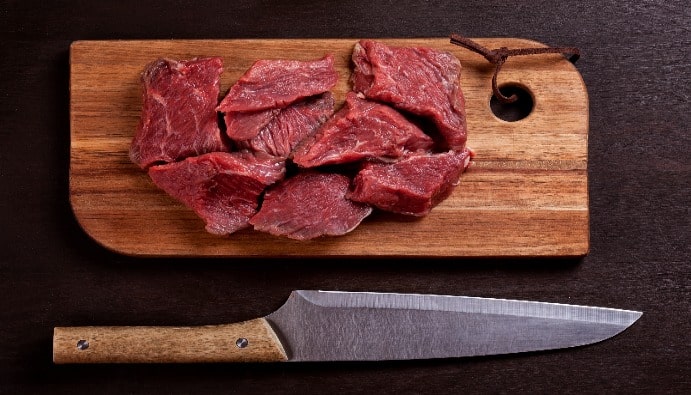
BLOG
KATEGORİDEKİ DİĞER YAZILAR

Cholesterol is a steroid associated with atherosclerosis and heart disease. Cholesterol is important because it is a precursor to a large number of steroids, including bile salts, adrenocortical hormones and vitamin D. Cholesterol is widely distributed in all cells of the body, especially in nerve tissue. It is the main component of the plasma membrane and plasma lipoproteins.
The two most important types of cholesterol are high-density lipoproteins (HDL) and low-density lipoproteins (LDL). LDL cholesterol is called “bad cholesterol”, while HDL cholesterol is called “good cholesterol” because of its different effects on the body. Too much LDL cholesterol leads to blockage due to atherosclerosis (lipid buildup), especially in the coronary arteries that supply the heart, increasing the likelihood of a heart attack. HDL cholesterol removes cholesterol from blood vessels and thus reduces the likelihood of blockages and heart attacks.
Health:
Food Safety:
Nutrition Science:
Animal sources such as egg yolks, red meat and full-fat dairy products are rich in cholesterol, while vegetables, fruits and cereals contain no cholesterol at all. Limiting the levels of cholesterol in our diet is essential for living a healthy life. This is precisely why we need to know how much cholesterol is supplied with our food.
If a claim is made regarding the amount of cholesterol, the content must be reported in milligrams (mg) and clearly printed on the packaging.
Food Industry:
Nutrition Counseling:
Health Studies:
Nanolab Laboratories Group continues to provide services within the scope of Cholesterol Determination in Foods. We also provide services in Mineral Analysis in Foods.
Contact us for more information.
You can follow us on LinkedIn for up-to-date news and posts about our services.
Follow our Instagram account to be informed about our latest blog posts.